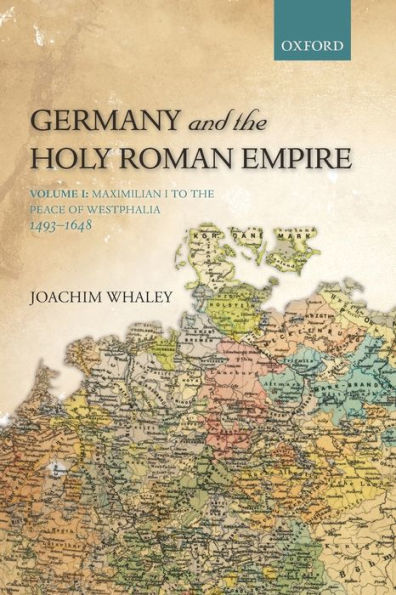Table of Contents
Introduction: Narratives of Early Modern German HistoryI. Germany and the Holy Roman Empire in 15001. Origins and Frontiers2. The Reich as a Polity3. Fragmented Territories4. The Reich and the German NationII. The Reform of the Reich and the Church c. 1490-15195. The Reformation Era in German history6. The Reich under Maximilian I7. Reich, Papacy, and Reichskirche8. Religious Renewal and the Laity9. Humanism in the Reich10. The 'Print Revolution' and the Public Sphere11. Economic Landscapes, Communities, and their Grievances12. Martin Luther and the 'Luther affair' 1517-1519III. Charles V and the Challenge of the Reformation in the 1520s13. The Reich During the First Decade of Charles V14. Luther and Imperial Politics, 1519-152615. Luther and the German Reform Movement16. Alternative Reformations and the Dominance of Lutheranism17. The Knights' War, 1522-152318. The Peasants' War, 152519. Reformation in the CitiesIV. Mastering the Reformation c. 1526-155520. The Emergence of Protestant Territories21. The Persistence of Catholicism22. Charles V, Ferdinand, and the Reich in Europe23. The Establishment of Protestantism, 1526-153024. The Schmalkaldic League, its Counterparts, and the Politics of the Reich, 1530-154125. Charles V as 'Lord of Germany', 1541-154826. The Triumph of the Reich, 1548-1555V. Managing the Peace 1555-161827. Contours of the 'Confessional Age'28. Emperors, Imperial Officials, and Estates after the Peace of Augsburg29. Constitutional developments after 1555: Reichstag, Kreise, Courts, and Legislation30. The Reich in Europe31. Managing the Domestic Peace, 1555-c.158532. The Consensus Falters, c. 1585-160333. Paralysis, 1603-161434. Problems of the Habsburg Dynasty35. The Reich in the Reign of Emperor Matthias, 1612-161936. The Crisis of the Habsburg lands37. Imperial Public Law and the Struggle over the Imperial Constitution38. Irenicism and Patriotism on the Eve of WarVII. The German Territories and Cities after 155539. Problems of Interpretation40. A Benign Environment? 41. State Formation? 42. Domestic Order and Defence43. Confessionalization? 44. Finance, Taxation, and Estates45. The Resurgence of the Courts46. The Imperial Cities47. Responding to CrisesVII. The Thirty Years War 1618-164848. The Thirty Years War in German History49. What Kind of Conflict? 50. The Reconquest of Austria and Bohemia, 1618-162351. Ferdinand Victorious52. Denmark and the War for the Reich, 1623-162953. What Kind of Reich? Sweden and the Defence of German Liberties, 1630-163554. Wallenstein and After55. France, Sweden, and the German Way, 1635-164856. The Peace of Westphalia57. The Impact of the War on German Society58. The Thirty Years War and the German PolityGlossaryBibliographyIndex



